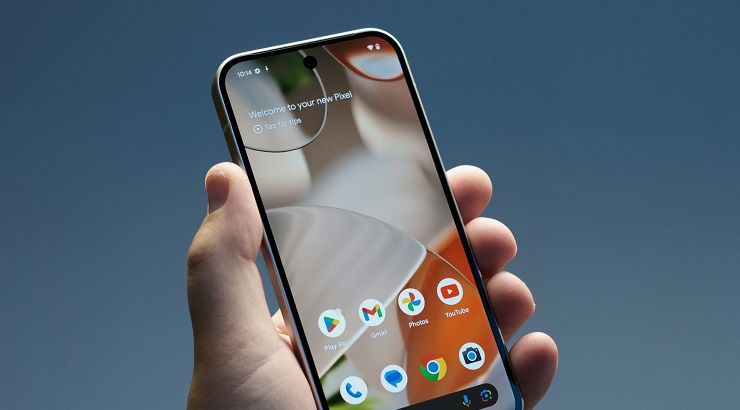Tidbits
Smartphones Can Last 7 Years—Here’s How to Keep Yours
Google’s seven-year update promises changes in smartphone longevity.

Smartphones have long had an expiration date, with most stopping software updates after just three years. That’s been the norm—until now.
A major shift is underway, and the new standard is seven years of support. I first noticed this change when I reviewed the Google Pixel 8 in October.
Google’s promise to offer seven years of software updates, up from three years for previous models, was a game-changer.
The company explained it was simply the right thing to do. At the time, I wasn’t sure if this would set a trend, but then Samsung, the biggest Android manufacturer, did the same for its $800 Galaxy S24.
Google followed up by committing to seven years of software support for its budget-friendly Pixel 8A, released earlier this month. Both companies cited the need for longer-lasting devices, especially as smartphone sales slow down globally.
Consumers aren’t as eager to upgrade every two years when the improvements have become incremental. They want devices that last.
Samsung and Google’s moves are a direct challenge to Apple, which has long offered iPhones with up to seven years of software support.
By matching Apple’s timeline, they’re giving users more flexibility about when to upgrade, rather than forcing frequent replacements.
“The longer software support means less electronic waste, as people will be able to keep phones longer without churning and upgrading every couple of years,” said Nathan Proctor, director at U.S. PIRG, a nonprofit group, applauding the move as a huge environmental win.
RELATED: How to Optimize Your LinkedIn Profile in 6 Quick Steps
Of course, software updates are only one part of what can make a phone last. The other important factor is regular maintenance. Replacing the battery every two years is essential because lithium-ion batteries degrade over time.
A new battery generally costs about $100 and may extend your phone’s life.
The case should also be very durable to protect your phone, with a screen protector added. Though cases can make your device a little bulky, they save your phone from cracks and scratches.
Keeping the charging port and speaker holes clean will also help maintain good performance. These parts accumulate dust and lint over time, and you can easily clear them with a toothpick.
So, what does this mean for how you buy a phone? As nice as extended software support is, you still want to buy a device based on what it offers today.
If you want a phone that will last, look for one that’s relatively inexpensive to repair and can be kept in good working condition for years to come.







